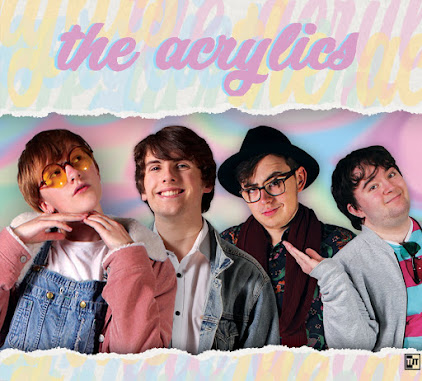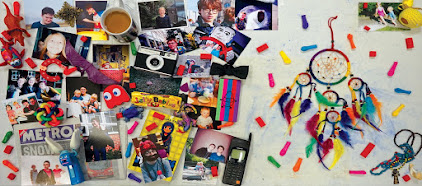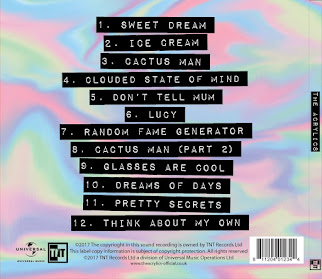A scene from 'Glee' that we used to influence our opening. In this, the adult character interrogates the younger characters, seemingly having one conversation with one character before the camera cuts back to reveal a different character. This happens multiple times and is accompanied by shot-reverse-shot. Although we are intending to swap characters in more ways than in this scene, it was still a good influence. Click to play.
This happens throughout the opening multiple times, allowing us to cover each character in a short time, while also revealing the basic outline of the case by giving us all the facts the detective receives over five interviews in what is essentially one interview, all in an interesting and hopefully compelling way. At the end of the questioning another police officer comes in and informs the detective that a body has been found, and as such the case is now murder rather than that of a missing person.
This bombshell elicits different reactions from each character, as does the detective revealing that they are now all suspects. There are some short credits at the very beginning, some superimposed over the first few shots, and the film title is given its own slot right at the end.
A big influence on this opening was of course the previously mentioned 'The Usual Suspects,' due to the fact it tells its story through the questioning- here it helped as it has before, but it also helped influence how we placed our titles, e.g. superimposed over the first few introductory shots, which are set in the film's universe rather than over a black screen, but not over shots that are directly part of the story.
However, as that movie only contains one interview with one subject, and further we didn't want to base all our ideas in one movie, we did some more research into interrogation scenes, especially those with multiple people, and came up with a few interesting finds. One particularly good inspiration was 'Now You See Me,' which contains an interrogation of two different suspects by the same two officers in the same room, but at different times. As such, sometimes the camera moves and everything in the room remains the same except the interviewee. This allows fluid and compact storytelling, with both suspects having different lines of questioning applied and responding with different things. We thought this was a great idea, and incorporated parts of it (of course with some modification to fit our needs, such as having even more interviewees) into our opening.
Here is the aforementioned scene from 'Now You See Me.' Hopefully you can see where we drew inspiration, as well as where we have changed how this technique works to fit our film better. We built on what we had learned from 'Glee' by looking at the more interesting camera movements that swap characters around in this sequence. Click to play.
Our current script reflects our current ideas, in that the dialogue has been specifically designed to work well when swapping between characters. As you can see from the clip above, when moving between characters, you cannot leave conversation hanging, even if each character has their own story. We have tried to incorporate this style of dialogue into our script by making it one continuous flowing conversation- thus it has no loose threads and tells the story we wish to tell despite the changing characters. The script was also a useful way of committing to record some concrete dialogue and character interactions.
 |
| An example of shot-reverse-shot from the 'Glee' clip. |
 |
| Some examples of different angles in 'Now You See Me.' |
This was a very important step for us. As well as amassing more research and inspirational films, which no doubt we will use for other purposes in other areas of planning later, we have made a lot of progress in nailing down exactly what we want to happen throughout our sequence, which of course is the first step towards planning out a storyboard, shootboard etc. which in turn should transition into a filmed opening. At this point we are not just laying groundwork for our ideas, we are directly choosing what we are going to do.







No comments:
Post a Comment